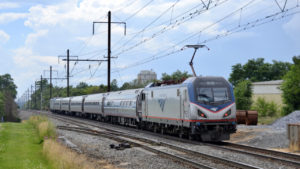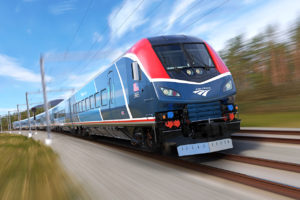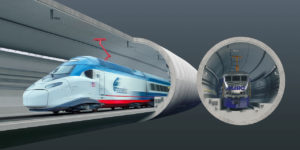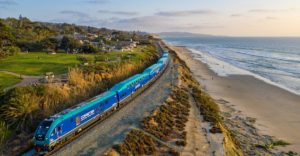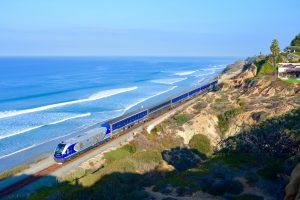CHSRA draft plan reduces cost; prioritizes north segment
Written by Jenifer Nunez, assistant editor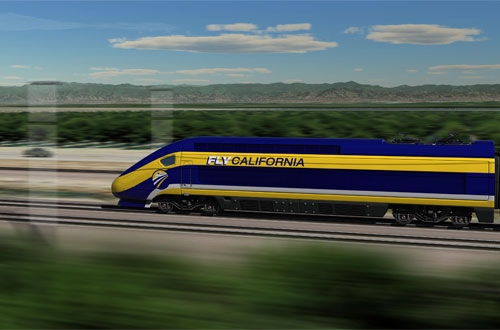
The California High-Speed Rail Authority (CHSRA) released the Draft 2016 Business Plan, a foundational document for implementing the California High-Speed Rail program that reflects the transition from planning to construction to providing passenger service. Overall capital costs are reduced from $67.6 billion to $64.2 billion.
The plan also provides the path forward for the construction and operation of a section of the high-speed rail program, using existing funds, which will generate revenue within the next decade.
“This Draft Business Plan presents a clear path forward within available funding to deliver the system as approved by California voters in 2008,” said the CHSRA’s Chief Executive Officer Jeff Morales. “By constructing the line between the Silicon Valley and the Central Valley, while also making significant investments in Southern California’s passenger rail systems, high-speed rail service will become a reality in this state in the next 10 years at a lower cost than previously estimated.”
The draft plan summarizes the progress made over the past two years, updates available funding and financing, forecasts ridership and updates risk management information. In this plan, CHSRA highlights three objectives to move the high-speed rail program forward.
The first objective is to initiate high-speed rail passenger service as soon as possible in order to bring benefits to California and generate revenues to attract private sector participation. With existing funding and more than 100 miles of active construction in the Central Valley already underway, CHSRA will complete the construction of the high-speed rail line between Silicon Valley and Central Valley by 2024, with operations beginning in 2025.
The second objective is to make strategic, concurrent investments throughout the system that will be linked together over time. Investments that connect state, regional and local rail systems, will provide immediate mobility, environmental, economic and community benefits. For example, the Burbank to Anaheim corridor is of regional and statewide significance and is critical to supporting the economy of Southern California. The plan proposes local partners to join to improve this corridor, including the highest priority grade separations in the state (Rosecrans Avenue/Marquardt Avenue, the Southern California Regional Interconnection Project) and improvements at Los Angeles Union Station. These and other investments identified in this Draft 2016 Business Plan will increase capacity, improve safety in this highly-congested travel corridor and improve air quality.
The third objective is to construct additional segments as funding becomes available. This requires completing the environmental analyses for every mile of the program and securing environmental approvals. CHSRA will continue to move forward with clearing all project sections between San Francisco and the Los Angeles/Anaheim area by 2017.
CHSRA is now seeking public comment as part of a 60-day public comment period that will close on April 18, 2016.
Caltrain said that the updated business plan “seems to be great news and is an encouraging sign that state funds already committed to constructing electrification will be available in time for Caltrain to award contracts and start work on the project without any delay to the modernization program.”
The Caltrain Modernization Program includes the electrification of the corridor between San Francisco and San Jose, the purchase of new high-performance electric rail vehicles and will upgrade the railroad’s signal system and implement Positive Train Control. Caltrain continues to work towards the goal of launching electrified service before the end of 2020.

